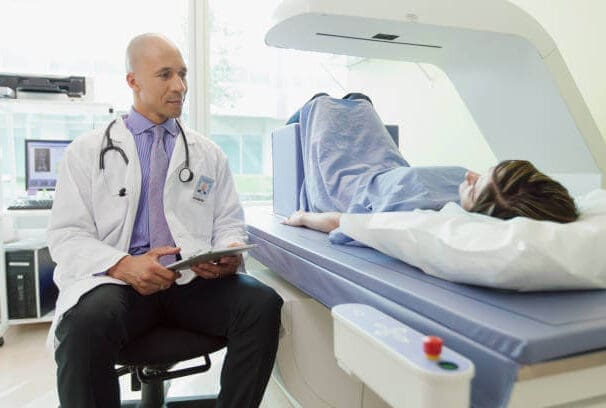HealthProviders DB is a comprehensive database of healthcare providers, including a complete directory of all Cardiovascular-Interventional Radiologic Technologists.
Radiologic Technologist Healthcare Taxonomy Code 2471C1101X
As of today, the following are the total number of Cardiovascular-Interventional Radiologic Technologists nationally, in your state, and near your location.
Select the State to show the list of Cardiovascular-Interventional Radiologic Technologists by State. In addition, you can also narrow the list by City and more from the filter panel.
Alaska – Alabama – Armed Forces Pacific – Arkansas – American Samoa – Arizona – California – Colorado – Connecticut – District of Columbia – Delaware – Florida – Federated States of Micronesia – Georgia – Guam – Hawaii – Iowa – Idaho – Illinois – Indiana – Kansas – Kentucky – Louisiana – Massachusetts – Maryland – Maine – Marshall Islands – Michigan – Minnesota – Missouri – Northern Mariana Islands – Mississippi – Montana – North Carolina – North Dakota – Nebraska – New Hampshire – New Jersey – New Mexico – Nevada – New York – Ohio – Oklahoma – Oregon – Pennsylvania – Puerto Rico – Palau – Rhode Island – South Carolina – South Dakota – Tennessee – Texas – Utah – Virginia – Virgin Islands – Vermont – Washington – Wisconsin – West Virginia – Wyoming
Medicare
The following are the total number of Cardiovascular-Interventional Radiologic Technologists who accept Medicare in your state, the number who have opted out of Medicare, and the total number excluded from participation in Medicare nationwide.
You can download the Cardiovascular-Interventional Radiologic Technologists dataset using HealthProviders DB Export.

What do Cardiovascular-Interventional Radiologic Technologists do?
Cardiovascular-interventional radiologic technologists assist physicians with minimally invasive, image-guided medical procedures to diagnose and treat heart and blood vessel conditions, using sophisticated fluoroscopic equipment and digital angiographic systems.
Their key responsibilities include preparing patients, operating imaging technology to capture images and inject contrast dye, and assisting with interventional procedures such as angioplasties, stent placements, and biopsies.
They work as part of a specialized team, maintaining patient comfort, monitoring vital signs, and responding to potential emergencies.
What they do
Patient Preparation: Explaining procedures, administering contrast media, and ensuring a sterile environment for the procedure.
Equipment Operation: Operating sophisticated fluoroscopic and digital angiography equipment to visualize the heart and blood vessels.
Image Capture: Taking images of the patient’s blood vessels to provide critical anatomical and functional information to the physician.
Diagnostic & Therapeutic Assistance: Assisting with procedures like angioplasty, stenting, thrombolysis, embolization, and biopsies to diagnose and treat vascular and cardiac conditions.
Monitoring and Emergency Response: Continuously monitoring the patient’s vital signs and being prepared to respond to emergencies during the procedure.
Technical Support: Maintaining the organization and readiness of the equipment and the procedure room.
Procedures They Assist With
Ablation: Using heat to destroy abnormal heart tissue.
Angioplasty: Widening blocked or narrowed blood vessels.
Stenting: Placing stents to keep blood vessels open.
Thrombolysis: Dissolving blood clots.
Embolization: Blocking blood flow to abnormal tissue or vessels.
Cardiac Catheterization: Inserting catheters into the heart’s chambers to take images.

